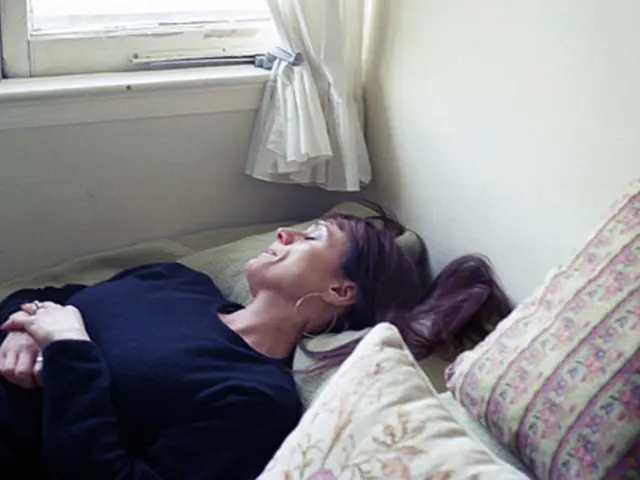Title: Understanding Mood Disorders: Types, Symptoms, Diagnosis, and Therapies
Mood disorders encompass a range of psychiatric conditions that impact an individual's emotions, leading to severe lows, known as depression, and highs, referred to as mania or hypomania. These disorders can significantly impact an individual's well-being and quality of life, even increasing the risk of suicide.
Treatment options, a combination of medications and therapy, can aid individuals in managing their mood disorders and alleviating their symptoms. In the event of a crisis, various resources are available, such as the 988 Lifeline, Crisis Text Line, or local emergency services.
Mood disorders can be categorized into two main groups: depressive disorders and bipolar disorders, each having several subtypes.
Depressive Disorders
Depression is a debilitating mood disorder, characterized by persistent feelings of sadness and a loss of joy, accompanied by various other symptoms. Depression can range from mild to severe, affecting an individual's daily life and emotional well-being. Common types of depression include:
- Major Depressive Disorder (MDD): Persistent symptoms of depression for at least 2 weeks, leading to a loss of interest and a depressed mood.
- Persistent Depressive Disorder (PDD): Less severe symptoms of depression, usually ongoing for at least 6 months.
- Disruptive Mood Dysregulation Disorder (DMDD): Frequent temper outbursts, persistent anger, and irritability in children and adolescents.
- Seasonal Affective Disorder (SAD): Depression that follows a seasonal pattern during colder months.
- Substance- or medication-induced depression: Depression caused by the use of substances or medications or during withdrawal.
- Depression due to another medical condition: Depression arising from a medical condition disturbing one's abilities, emotional well-being, and quality of life.
- Premenstrual Dysphoric Disorder (PMDD): Severe depressive symptoms, anxiety, and irritability prior to the onset of menstruation.
- Perinatal depression: Depression occurring during pregnancy or after giving birth.
- Depression with symptoms of psychosis: Severe depression accompanied by hallucinations and delusions.
Bipolar Disorders
Bipolar disorders lead to changes in a person's mood, concentration, and energy levels, often causing highs (mania or hypomania) and lows (depression). Common types of bipolar disorders include:
- Bipolar I disorder: Manic episodes lasting at least 7 days, interspersed by depressive episodes for at least 2 weeks.
- Bipolar II disorder: Pattern of depressive and hypomanic episodes, with hypomanic episodes less severe than manic episodes in type I bipolar disorder.
- Cyclothymic disorder: Recurring depressive and hypomanic symptoms that do not meet criteria for depressive and hypomanic episodes.
In addition to these major types, other specified or unspecified bipolar and related disorders may be diagnosed when an individual does not meet all the criteria for Bipolar I, II, or cyclothymic disorder.
Symptoms for both depressive disorders and bipolar disorders may vary, depending on their specific types. Understanding the symptoms and available resources for managing these conditions is essential to improved well-being and quality of life.
Sources:
[1] American Psychiatric Association. (2013). Diagnostic and statistical manual of mental disorders (5th ed.). Washington, DC.[2] American Psychiatric Association. (2000). Diagnostic and statistical manual of mental disorders (4th ed., text rev.). Washington, DC.
Individuals experiencing premenstrual dysphoric disorder (PMDD) may struggle with severe depressive symptoms, anxiety, and irritability prior to menstruation. Additionally, bipolar disorders, such as Bipolar II disorder, can lead to a pattern of depressive and hypomanic episodes, causing significant changes in an individual's mood and energy levels.








